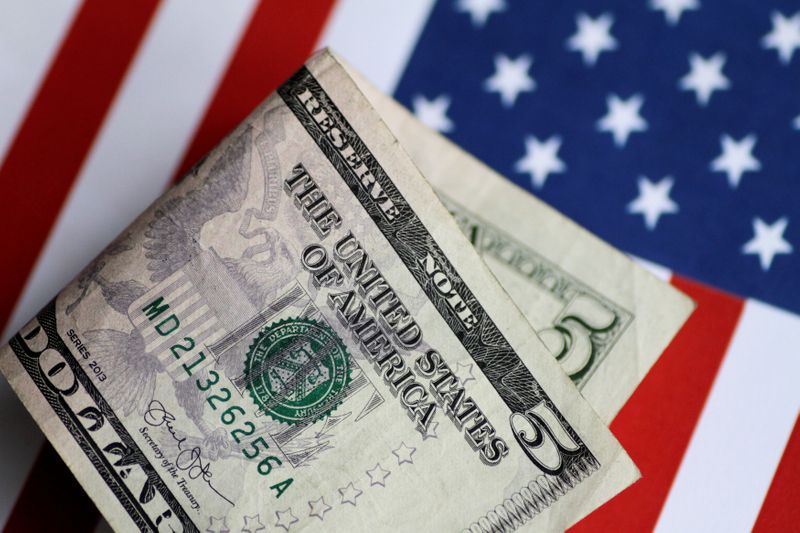Investing.com – The US dollar got a boost from Friday’s stronger-than-expected nonfarm payrolls release, but UBS thinks this will only take the US currency back to square one.
“Friday’s NFP surprise pushed US front-end yields significantly higher, translating into a rebound in USD fair value estimates in our short-term models,” UBS analysts said in an Oct. 7 note .
“What is striking is that spot price action over the past week has tracked the shift in relative expectations from the Fed, ECB and BoJ quite closely: as a result, there are currently no significant model dislocations.”
The only exception to this, the Swiss bank added, is where the fair value at 1.3720 is more than 1.5 standard deviations above Friday’s closing price.
The beta of the Canadian dollar against oil has been very low. That is why the model responds much more to higher US interest rates than to a rebound in crude oil prices.
The dollar was the only currency to see a (marginal) increase in fair value against the USD last week, suggesting that in the absence of unfavorable equity moves, the downward trend should remain somewhat contained.
Furthermore, the CFTC positioning data reported last Tuesday suggests that the hedge funds have been wrong-footed by the payrolls release, as they became net long yen early last week for the first time since February 202 , according to UBS.
The fact that asset managers have been long the yen since August helps explain why the JPY has underperformed since the payroll data.
Another interesting development is that hedge funds have become net long AUD for the first time since early July, and by the largest amount since August 2023, likely in response to news of Chinese stimulus.
Asset managers remain short AUD, but the size of that position is less than 10% of the 2024 peak. Elsewhere, hedge funds remain long GBP, short CAD and flat EUR.


